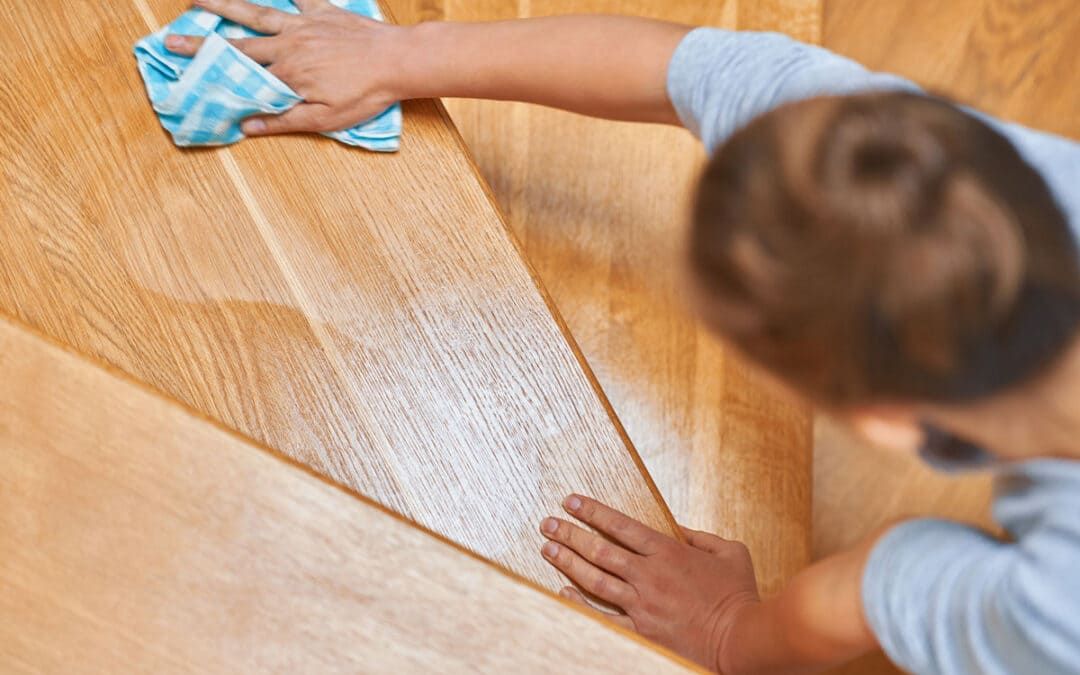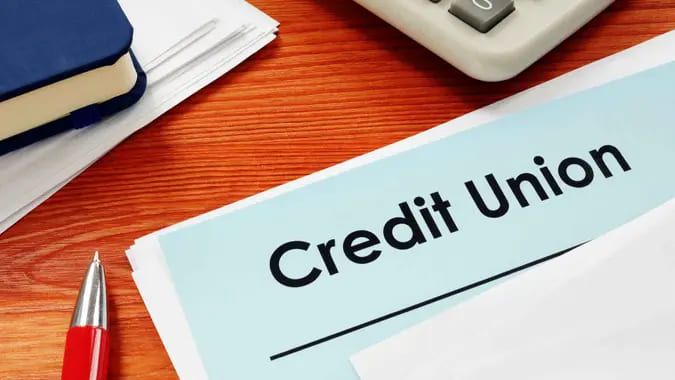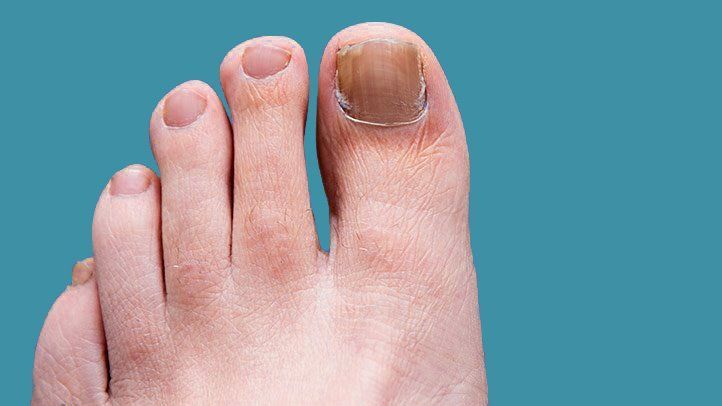How to Clean Hardwood Floors Without Damaging Them

Hardwood floor is one of the commonest floor in people’s houses, so, knowing how to clean is of great importance. Different from other types of floors, cleaning hardwood floors needs our attentions. The appeal of hardwood floors is often in their naturally rustic feel and you will want to maintain that by cleaning them in ways that are safe and effective.
1. Routine Dusting
The first step of maintaining hardwood floors is routine dusting or sweeping. When walked on, dust, dirt and even small debris function as sandpaper, slowly wearing the floor’s finish. Use a broom with soft bristles, or a microfiber dust mop for daily or weekly cleaning. Microfiber type of material really attracts and lifts that dust, instead of just moving it around as traditional brooms do. For vacuuming aficionados, make certain that the vacuum features a hardwood floor setting, or has a soft brush attachment, so no scratches occur from beater bars.
2. Damp Mopping
When it comes to deep cleaning, water is a friend and foe. Too much moisture penetrates the wood and it swells or warps, or it develops stains. So it’s not wet mopping, but damp mopping that’s the ticket. Mop with a damp microfiber mop, one that has been wrung out well enough to release just enough moisture to pick up dirt without wetting the wood. Stay away from steam mops, the high heat and vapor can break down the finish and damage the wood fibers over time. For an extra layer of protection, always wipe in the direction of the wood grain to avoid streaking.
3. Right Cleaning Solution
It's equally important to choose the right cleaning solution. Lots of commercial cleaners include harsh chemicals like as ammonia, bleach, or vinegar that can strip away the floor’s protective finish or dull its shine. Instead, choose pH-neutral cleaners that are designed for hardwood floors. A few drops of gentle dish soap diluted in warm water should work well, too, for occasional cleanings. But always first test any cleaner in an out-of-the-way spot to make sure it’s compatible with your floor’s finish.
4. Spot Cleaning
Spot cleaning is essential, though, for homes with pets or heavy human traffic. Spills should be cleaned up right away with a slightly damp cloth and dried with a towel to remove any moisture left behind. Sticky stuff such as chewing gum or wax can be scraped off carefully with a plastic putty knife but avoid metal scrapers, which can gouge the wood. For more stubborn stains, you can lightly apply a paste of baking soda and water and then wipe it clean after a few minutes.
5. Prevention
As a result, much of this can be avoided with preventive measures reducing the intensive cleaning processes. Doormats at entryways capture dirt before it can spread to the floor. Felt pads under furniture legs prevent scratches when tables or chairs are moved. Keeping pets’ nails trimmed also helps reduce unintentional scratches. Also, suitable indoor humidity of 30% to 50% prohibits the wood from expansion and contraction hence appearance of gaps or cracks.
6. Hardwood Rejuvenator Product
Eventually, even properly kept up hardwood floors will dim. Rather than use an aggressive polish or wax which can lead to buildup, treat the surface with a hardwood rejuvenator product. These products are formulated to restore brilliance without harming the finish. But if the floor looks badly worn, professional refinishing may be needed to sand and reseal the surface properly.
In conclusion, cleaning hardwood floors without damage finds its balance through gentleness, tools, and preventative care. By steering clear of extra moisture, harsh chemicals, and scuffing tools, you can maintain your floors looking pristine for decades. Taking care of it not only keeps the wood looking nice but also adds to the look of your home. When undertaken with care and diligence, your hardwood floors will continue to serve you both as a visually-striking aspect of your living space and as a durable one at that.
 Disclaimer:
Disclaimer:
The content provided on our blog site traverses numerous categories, offering readers valuable and practical information. Readers can use the editorial team’s research and data to gain more insights into their topics of interest. However, they are requested not to treat the articles as conclusive. The website team cannot be held responsible for differences in data or inaccuracies found across other platforms. Please also note that the site might also miss out on various schemes and offers available that the readers may find more beneficial than the ones we cover.
Related Websites
-
 Health & Wellness
Health & WellnessManifestations of Liver Damage
Liver is one of the most important organ of us, it plays an essential role in detoxification, metabolism and nutrition storing. Due to the continuous and constant liver malfunction, it will lead to severe disease. Therefore, knowing the symptoms of the liver damage ahead of time is super important, so that you can get to be cured as soon as possible. Here are some early symptoms that you ought to know about liver damage.1.Fatigue and WeaknessFatigue and reduced strength is a common sign of liver damage. The liverisalso involved inenergy metabolism, turning nutrients into glucose the body metabolizes for energy. Without a well-functioning liver, this cycle is disrupted and manifests as chronic fatigue.Also, aslower detoxified liver will fill up the blood with toxins that, in turn, can lead to fatigue.2.Abdominal Pain and SwellingLiver damage can feel likediscomfort or pain in the upper right quadrant of the abdomen (where the liver is located). Depending on the level of injury, this pain would be consistent and dull orsudden and sporadic. In more severe instances, such ascirrhosis, the liver may enlarge and the abdominal area may become distended. Liver damage can also cause fluid to build up in the abdomen, a condition called ascites, making the belly swell,often painfully.3.Digestive IssuesLiver plays a vital role in digesting the fat, it will produce a kind of material which is called bile. When the production of bile decreases because of your liver damage, it will lead to the issues of digestion, such as nausea, vomiting and have no interests to eat and drink. Patients can also go through the hard times such as diarrhea or constipation, because the ability and capability of liver’s digestion in nutrients can be affected dramatically. Sometimes, an aversion to fatty foods will develop, because the body is not able to digest thesefoods well.4.Skin ChangesLiver damage can present other skin-related symptoms along with jaundice. Itchy skin (pruritus) is a prevalent issue, generally caused by the accumulation of bile salts in the circulation when the liver fails. Increased levels of estrogen can induce skin changes, such as a spider angioma which is a small red blood vessel that can be found on the skin – often on the face, chest and or arms.These are caused by heightened levels of estrogen, which the liver typically helps control.5.Bruising and BleedingWe need protein to form a blood clot and proteins are produced in the liver. The liver produces these proteins; when damaged, it produces less of them, which increases its tendency to bruise or bleed easily. Patients may observe such symptoms as frequent nose bleeds, bleeding from the gums and prolonged bleeding from small cuts. In extreme cases it can cause bleeding inside the body, which can be fatal.6.Cognitive Confusion (Hepatic Encephalopathy)From damaging the liver, which in turn can cause toxins, particularly ammonia, that the liver normally filters out, to build up in the blood. Hepatic encephalopathy is a cognitive impairment caused when these toxins reach the brain. Symptoms can include anything from mild confusion and trouble concentrating to severe disorientation and memory loss, and sometimes coma. This is more common in advanced liver disease (e.g, cirrhosis).In brief, there are a lot of manifestations when your liver is damaged, you need to find out these symptoms as soon as possible in order to get proper treatment . And if you have realized some of the symptoms mentioned above, you’d better go to see a doctor. As a matter of fact, the change of your living habits, the usage of right medicines and the necessary operations can cure your liver damage. If you keep healthy diets and do regular exercise, you can avoid liver damage of course. -
 Finance
FinanceCredit Unions Offering the Best 5-Year CD Rates
Certificates of Deposit (CDs) are a popular choice for those saving money. Out of all the different CD terms available, 5-year CDs tend to have some of the highest interest rates, so they are often a good option for investors who are willing to tie up their cash for a longer duration. Banks tend to be the default choice for CDs, but credit unions have come to be a strong alternative, frequently offering competitive rates and member-centric perks. This article explores credit unions that are offering some of the best 5-year CD rates and whether they are the right option for your savings needs.1.Navy Federal Credit UnionNavy Federal Credit Union (NFCU), in fact, is one of the largest credit unions in the USserving military members, veterans and their families. NFCU is a competitive player on CDs as evidenced on its 5-year CD. Currently, the 5-year CDrates with them are frequently among the highest available on the market. Besides competitiverates, NFCU offers flexible terms and the option of a specialty certificate that gives it a one-time rate bump during the term. Membership is limited to military or Department of Defense affiliates, but for thosewho meet that criterion, NFCU is among the very best.2.Alliant Credit UnionAlliant Credit Union is a name that you can trust on this list with their competitive rates and also high-yield CDs. Ally's 5-yearCD is especially attractive for anyone who wants to make the most of their savings. Alliant also has low fees and an easy-to-use online banking platform, making it a great option for tech-savvy consumers. Anyone who joins Foster Care to Success, a nonprofit organization, can become a member for a small donation.3.PenFed Credit UnionAnother one of the best 5-year CDs comes from PenFed Credit Union — short for Pentagon Federal Credit Union. Originally catering to military personnel, PenFed has opened its membership to anyone who joins a qualifying organization or donates a small amount to a partner nonprofit. Consistently competitive with PenFed 5-year CD Rates, they offer a variety of CD Terms for your investment goals. They provide easy access to online tools and resources to help you manage your account and track your savings progress.4.Delta Community Credit UnionGeorgia-based Delta Community Credit Union is one of the Southeast's marqueecredit unions, and it offers some of the best CD rates you can find in the region. One of their most attractive products is the 5-year CD, which frequently offersrates that beat many of the national banks. Membership is available for residents and people who work, worship or go to school within eligible Georgia counties, as well as select employer groups and associations. Delta Community also offers customer service excellence and diverse financial products to meet needs across the spectrum.5.SchoolsFirst Federal Credit UnionSchoolsFirst FCU is one of the largest credit unions for school employees in California and offers some of the best CD rates. Contributing to its popularity is their 5-year CD for members looking for a long-term saving solution. SchoolsFirst also has a broad range of CD terms and an option to ladder CDs, which enables members to stagger when the investments mature for greaterflexibility. Membership is limited to the education field, but it's a great option for those who qualify.In conclusion, individuals looking for the best 5-year CD rates would do well to check out credit unions. Credit unions such as Navy Federal, Alliant, PenFed, Delta Community and SchoolsFirst drive the top tierof competitors with their member-oriented focus, competitive rates, and community-driven values. However, by analyzing your financial targets and comparing the services offered by different credit unions, you can discover a 5-year CD that enables you to grow your savings alongside anestablishment that prioritizes the needs of its customers. If you're saving for something big, an emergency fund, or a retirement fund, then a 5-year CD offered by a credit union may be just the tool you need to reach those goals. -
 Health & Wellness
Health & WellnessTreatment Options for External Hemorrhoids
Hemorrhoids, while fairly common and usually treatable with a number of options that vary in severity, can be both highly annoying aswell as painful that the likes of using a cream can seem too little to go beyond when suffering from the condition. These swollen blood vessels around the anus can cause itching, discomfort, and bleeding; however, the right approach can reduce symptoms and help manage the condition. The treatment usually ranges from lifestyle changes and home remedies to medical surgery, depending on how serious the symptoms.1.Home and Lifestyle Remedies for SymptomsWe cantreat this condition first with lifestyle changes and home remedies. These steps are usually enough to relieve mild to moderate symptoms. Dietary fiber is one of the most effective management strategies for hemorrhoids. High-fiber diet dissolves the stool and help makes it drier to come out, you do not give so much strain in the bowel and that is one of the key reasons for the flare-ups of the hemorrhoids. It is best to incorporate more high-fiber foodssuch as fruits, vegetables, whole grains, and legumes into your daily meals. Consuming lots of water can also help ease bowel and soften stool and prevent constipation as well as help with regular digestion.2.Over-the-counter TreatmentsPeople can also useOTC options for external hemorrhoids. Topical creams, ointments and suppositories that include active ingredients like hydrocortisone or witch hazel can decrease itching and dial down inflammation.Instead, these widely available products can be used as directed to relieve discomfort. However, prolonged use of such medications can cause skin thinning and other side effects.3.Sitz BathsSitz baths — sitting in warm water for 10 to 15 minutes several times a day — can also help. Soaking a sore toe in warm water provides some relief of the affected area and reduces swelling while promoting healing. Self-administered and inexpensive, this treatment can be done at home and is particularly beneficial after a bowel movement.4.Medical TreatmentsWhere lifestyle changes and home remedies do not provideenough relief, medical treatment may be needed. More chronic or severe cases of external hemorrhoids may be treated in the office by a healthcare provider. One of the more standard procedures is rubber band ligation, in which a small rubber band is slipped over the base of the hemorrhoid to cut off blood supply so that it shrinks and falls off. This is usually reserved for internal hemorrhoids, but in some external cases, it may be appropriate, as well.5.SclerotherapySclerotherapyis also an effective treatment, which means injecting a chemical solution to make the hemorrhoid shrink. This is a more conservative approach, and it may apply to small hemorrhoids. For larger or troublesome external hemorrhoids, I may recommend a hemorrhoidectomy, surgery to remove the hemorrhoid.This option is more invasive than the others, however it is often the most effective option for more serious cases and gives long-term relief.6.Laser TherapyMore recently, minimally invasive procedures — laser therapy or infrared coagulation — have gained in popularity. These procedures use heat or light to shrink the hemorrhoid tissue and carry less pain and faster recovery than traditional surgery. But theyaren't for everyone, and a health care provider can help decide the best action to take given particular circumstances.7.PreventionPreventing externalhemorrhoidsinvolves frequentexercise, a high-fiber diet, and adequate hydration lowers the risk of first onset of hemorrhoids or flare-ups. It’s also important to avoid sitting for too long or straining while going to the bathroom.So, external hemorrhoids can be cured with a healthy lifestyle, home remedies, and medications. Mild cases can generally be managed through dietary changes or over-the-counter treatments; more advanced cases may need professional medical interventions. It’s crucial to identify the right treatment plan and to manage symptoms appropriately, so it’s important to see a health care provider. Yes, you can lead a life free of external hemorrhoids and this is how you can do it by gaining important knowledge and putting in the necessary care.
Featured Articles
-
 Health & Wellness
Health & WellnessConquering the Fungus: A Guide to Effective Toenail Treatment
-
 Travel
TravelBus Travel Tips: How to Have a Smooth and Enjoyable Journey
-
 Travel
TravelLast-Minute Vacations at the Best Prices
-
 Travel
TravelWhat an American Citizen Should Know About Turkey Visa
-
 Health & Wellness
Health & WellnessEtiology of Hives
-
 Travel
TravelThe Great Accommodation Debate: Hotels vs. Homestays
-
 Travel
TravelAn Unforgettable Jamaican Adventure: Must-Visit Attractions
-
 Home & Garden
Home & GardenPractical Living Room Furniture with Excellent Storage Options








